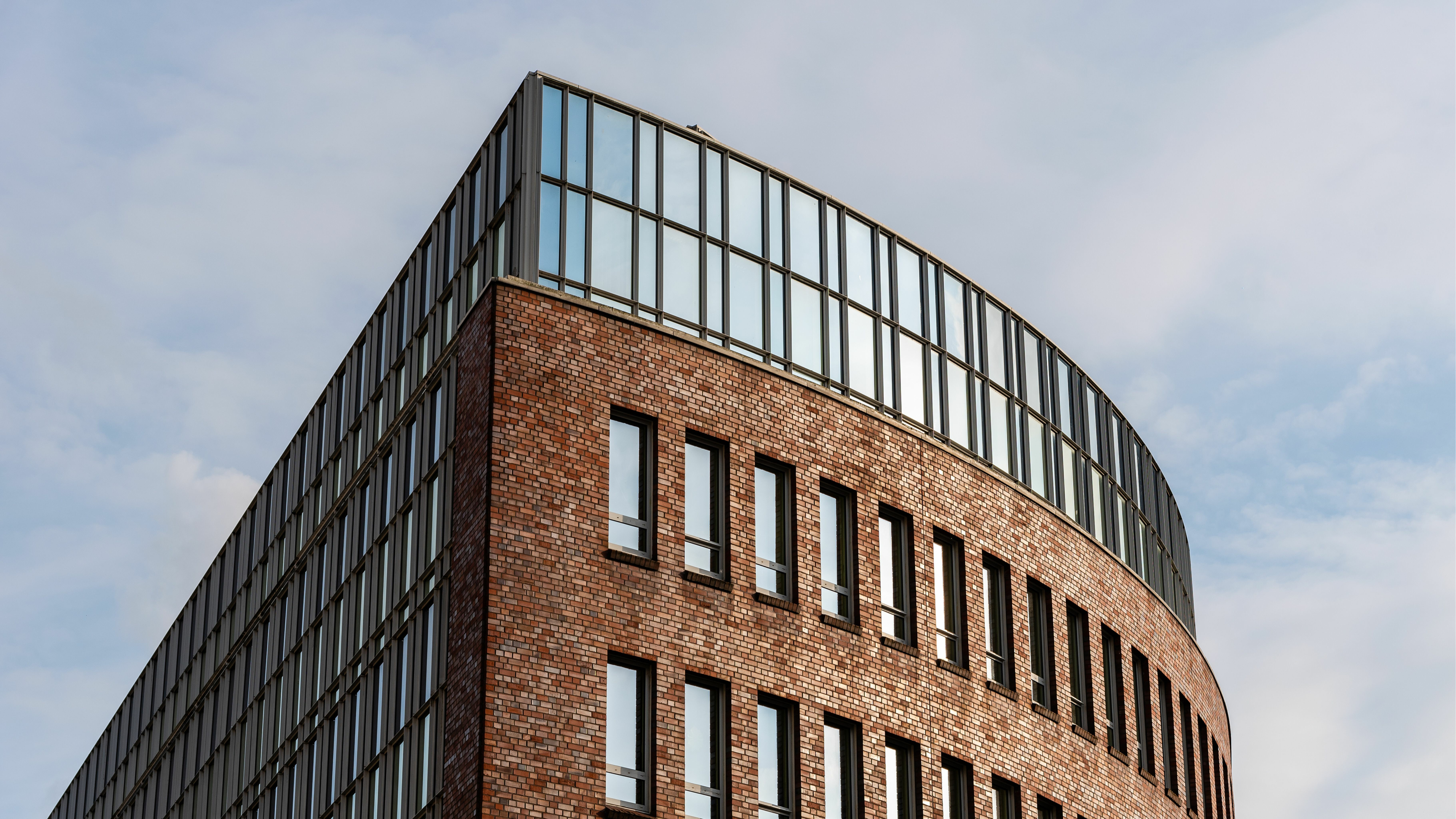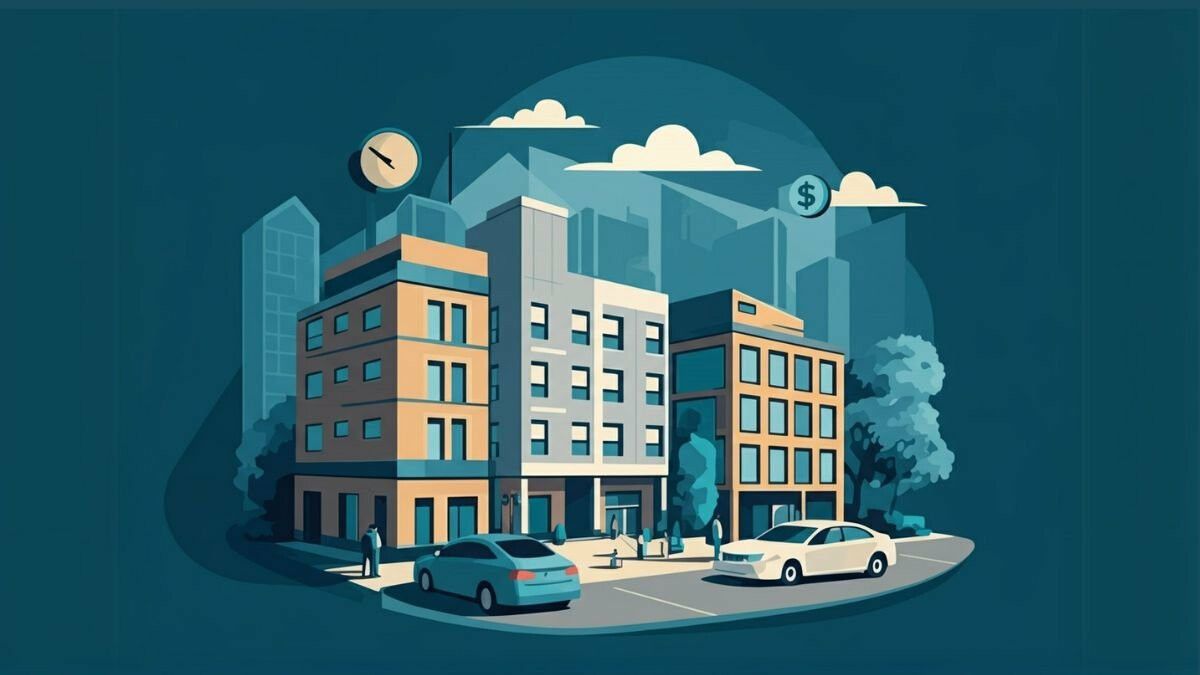06 Sep 2021 | Industry Insights
Energy performance of commercial buildings is improving but more work is needed to fulfill net-zero ambitions

The Better Buildings Partnership (BPP) has revealed the results from their Real Estate Environmental Benchmark (REEB). Its aim is to identify patterns and trends in the operational performance of commercial property owners within the UK.
REEB offers a public operational benchmark for commercial property and is unique in the sense that it is based on buildings that are ‘in-use’ which has led it to become the industry standard used by investors, fund managers and property owners alike.
The benchmark is there to provide an accurate and up-to-date reflection of performance and are based upon a 3-year rolling average.
REEB has continued to see growth as floor area has increased by 171% in the past 10 years and 1,142 properties were benchmarked in 2019/2020. Analysis from 36 members has revealed some very interesting statistics.
- Energy intensity is improving year on year with 27% over the last 10 years with a 4% improvement between 2018/19 and 2019/20.
- When considering progress towards Net Zero, 97% of offices within REEB are falling short of the UKGBC Energy Use Intensity (EUI) targets for 2035-50.
The second bullet point is particularly worrying as it indicates that the rate of reduction needs to accelerate rapidly if commercial buildings are to realise their net-zero ambitions.
Is technology the solution?
Twinview’s digital twin provides a solution to the problems faced by commercial property owners. It connects building systems’ data to a 3D model that can be viewed on a single dashboard allowing the user to monitor an individual building or an entire portfolio's performance displaying the information that is most important such as energy efficiency.
By unlocking access to a building’s data (which is often unused once a property has been handed over), Twinview uses IoT and sensors to identify patterns in energy usage which enables property owners to come up with strategies to improve energy performance, reduce carbon and ultimately move closer to Net Zero.
Following the recent devastating ‘code red’ IPCC report on climate change, we must act now if we are to achieve the aims of the Paris Agreement and reach net-zero carbon by 2050, as buildings are responsible for 40% of CO2 emissions worldwide and 28% generated during operation, real estate has an enormous role to play.
Twinview is a browser-based digital twin platform for the property sector connecting building systems’ data to a 3D model viewed on a single dashboard. Twinview becomes your first step to achieving Net Zero by providing continuous live data and optimised building performance whilst reducing costs and improving the user experience.
Book a demo today.
Related insights

Industry Insights
The Intelligent Hotel: Navigating Costs with Digital Twins
The hotel industry, a sector once synonymous with bustling lobbies and seamless service, has weathered numerous challenges over the past decade. From pandemic-induced shutdowns to the relentless squeeze of rising costs and staffing headaches, hotel survival has become a masterclass in adaptation. Room demand reached an all-time high in 2024, according to STR research. As travellers return in mass, expectations have shifted, demanding a level of personalised experience that feels both effortless and intuitive. How do hotels meet the challenge? Enter the digital twin—a virtual representation reflecting the hotel's every heartbeat.
Read more

Case Studies
Preserving the Past, Powering the Future: Twinview's Role at Archives New Zealand
The newly constructed Archives New Zealand facility in the heart of Wellington represents a strategic investment in the long-term stewardship of the nation's invaluable historical records. Designed to provide a secure and stable environment for the preservation of national archival collections, safeguarding heritage isn’t just about secure storage; it requires a smart, resilient, and efficient environment supported by cutting-edge facilities management. To meet this challenge, Archives New Zealand partnered with Twinview and WT New Zealand to embed intelligence into the building's fabric. The result? A future-ready, high-performance facility where smart data meets operational excellence.
Read more

Industry Insights
Understanding Renters' Rights: How Digital Twins Improve Compliance and Property Management
The recent introduction of the Renters' Rights Bill in the UK aims to improve the relationship between tenants and landlords. As part of a broader effort to ensure fairer and more transparent living conditions, this bill ensures that rental properties meet specific standards, including affordability, maintenance, and habitability. Landlords and property managers now face new challenges in complying with evolving regulations. We explore how Digital Twins could support with these new compliance requirements.
Read more


